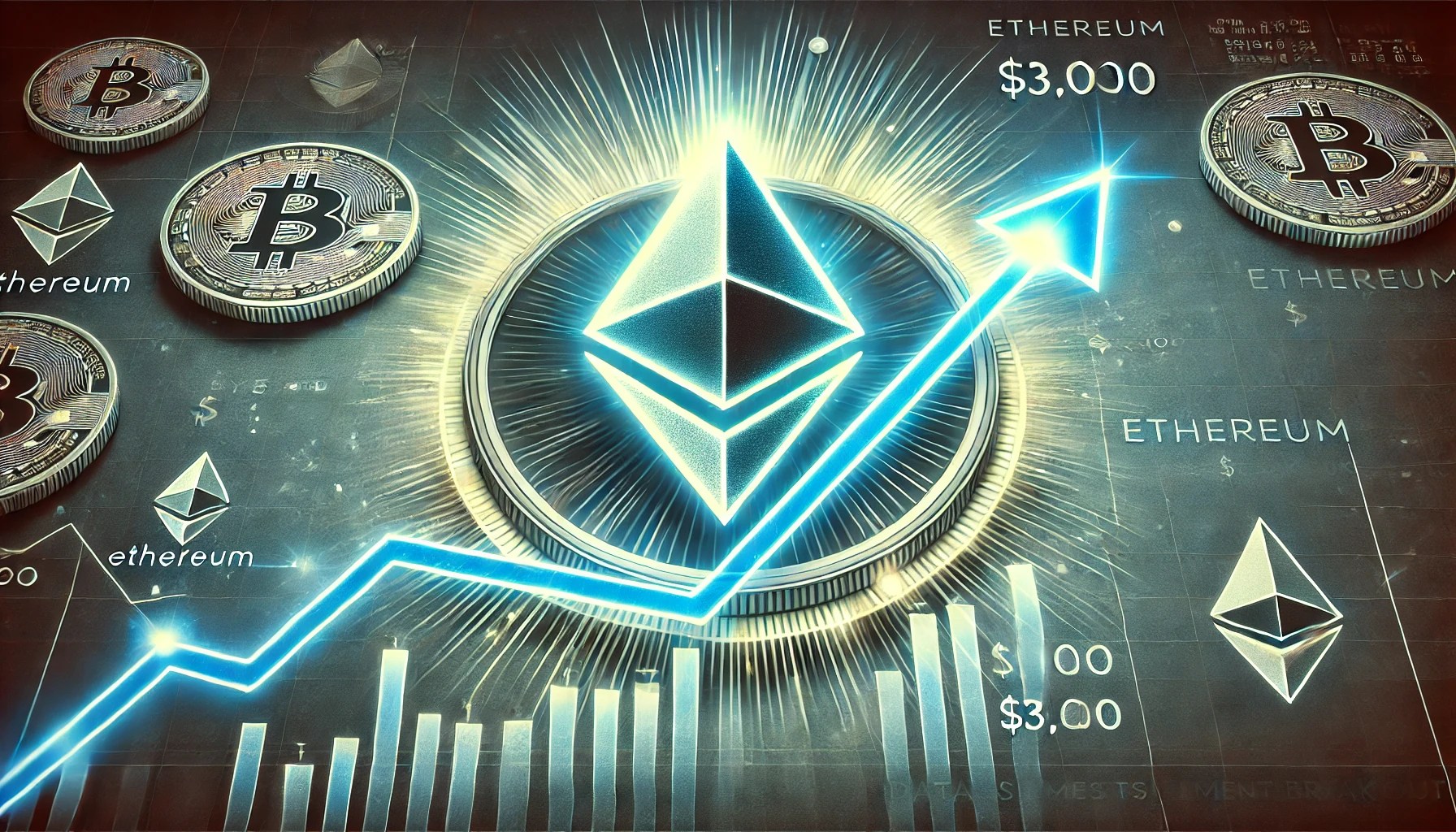In August, FPIs bought domestic shares worth Rs 7,322 crore which was down month-on-month from July when the total purchase stood at Rs 32,359 crore. While in June, they were net buyers at Rs 26,565 crore after remaining net sellers in April and May when they sold equities worth Rs 8,671 crore and Rs 25,586 crore respectively.
In February and March they were net buyers at Rs 1,539 crore and Rs 35,098 crore after starting the year on a negative note in January when they offloaded shares worth Rs 25,744 crore.
On Friday, the foreign institutional investors (FIIs) were net buyers at Rs 2,364.82 crore while the domestic institutional investors (DIIs) were also net buyers at Rs 2,532.18 crore.
Indian benchmark indices ended Friday in the red witnessing a range bound trade through the day. While the S&P BSE Sensex settled at 82,890.94, down by 71.77 or 0.09%, the broader Nifty50 closed at 25,356.50, lower by 32.40 or 0.13%. The total weekly gains were at 2%.
“A significant trend in the market for the week ended September 13 is that FIIs were buyers of equity in the cash market on all days of the week. It is significant to note that unlike in previous weeks when FIIs were buyers through the primary market, this week they were buyers through the exchanges having bought equity for Rs 22,707 crores,” V K Vijayakumar, Chief Investment Strategist at Geojit Financial Services said.He attributed two reasons behinds FIIs changed in strategy from selling to buying. One, there is a consensus now that the Fed will start cutting rates from this month onwards pushing the US yields down which will facilitate fund flows from the US to emerging markets, he reasoned. Secondly, the Indian market remains extremely resilient with strong momentum and missing out on the Indian market would be a bad strategy for FIIs. He, however, said that High valuations in India continue to be a concern.
Also Read: Fed factor: Rate cut theory suggests higher equity valuations, but history tells a different story
(Disclaimer: Recommendations, suggestions, views and opinions given by the experts are their own. These do not represent the views of Economic Times)














